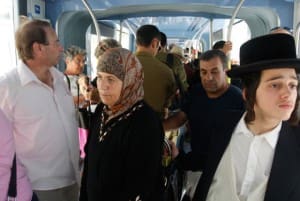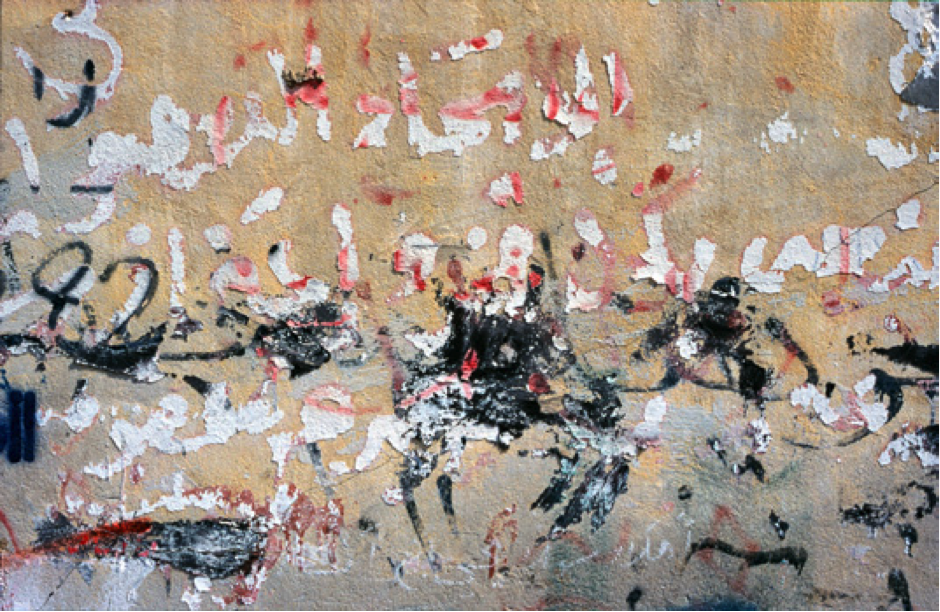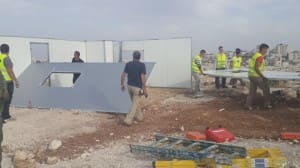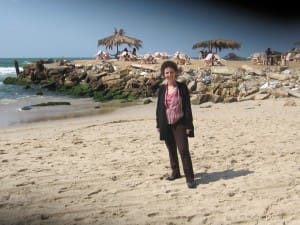I think all people of conscience must be distraught right now. People are getting killed in Gaza in alarming numbers and with no sense to it. I am one of those who is struggling to figure out how to be constructive.
One thing I’ve been doing is reaching out to people I know in Gaza and letting them know I care, that they are not alone. Some of those conversations have been so informative and insightful that I started to record them. I am now recording a conversation with someone in Gaza everyday. It’s an opportunity for people all over the world to hear directly from a Palestinian about what it’s like to live through #GazaUnderAttack.
I’ll post new ones as they are available on this page (newest at the top) and you can also follow my Facebook and Twitter feed. But it won’t matter unless we all take action. So please, let your representatives and the media know that you want this current violence to stop and that you want them to intervene politically to bring a much-deserved just peace to the region.
-Nora



